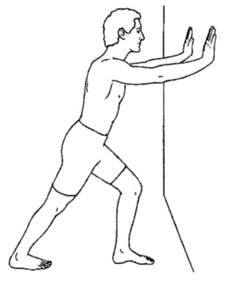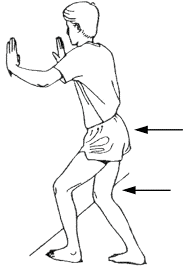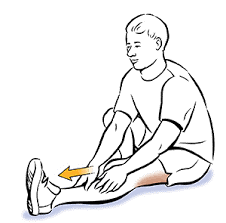Growing pains are fairly common, especially in those children aged 4-6 years old.
This can be very stressful on both child and parent and there is often conflicting information on what you can do to help.
Given this, we decided to have a little delve deeper into what research says about growing pains and what we could teach everyone that could help.
Research
There have been a number of studies completed to better understand what causes growing pains and why some children suffer greatly with them whilst others do not. Unfortunately, the quality of these studies has not been great and there has been little strong evidence pointing to what the cause is.
A study by Angela M Evans came out in 2008 which tried to collate the literature to better understand what we do know about growing pains.
We have made a little summary of the main points that came out of this study.
Diagnosis
She concluded that growing pains can only be diagnosed using a set of inclusion and exclusion criteria.
Inclusion criteria include:
- Growing pains tend to be intermittent with some pain-free days and nights
- Growing pains tend to affect both legs
- Growing pains commonly affect the front of the thigh, the calf and behind the knees
- Growing pains tend to come on more often in the afternoon or evening
- Growing pains do not limit a child’s movement or cause them to limp
- Growing pains do not lead to muscles or joints being sore to touch
- Growing pains do not cause swelling or joints that are warm to touch
If you are concerned that your child could have growing pains, it is important to consult someone about this to ensure they could exclude other causes for their pain.
It is especially important to consult someone if their pain does not meet the criteria above (i.e. they have joint pain as well, swelling, pain that continues throughout the day or is painful all the time).
Cause
Angela’s research concluded there was still no strong evidence supporting the cause for growing pains, however, she noted that it was far more common in children who either had siblings or parents who had also experienced growing pains.
Management
Evidence showed that people most frequently used heat, massage and paracetamol to help manage growing pains. However, they noted that best evidence supports performing gentle muscle stretches of the legs.
Please see below some ideas for stretches that could be performed.




Summary
We hope this summary has helped you all have a little better understanding of what is known about growing pains and what can be done to help with managing them.
If you would like any further information or support, please get in contact with our team to make an appointment.
Reference
Evans, A. M. Growing pains: contemporary knowledge and recommended practice. Journal of foot and ankle research, 2008.
